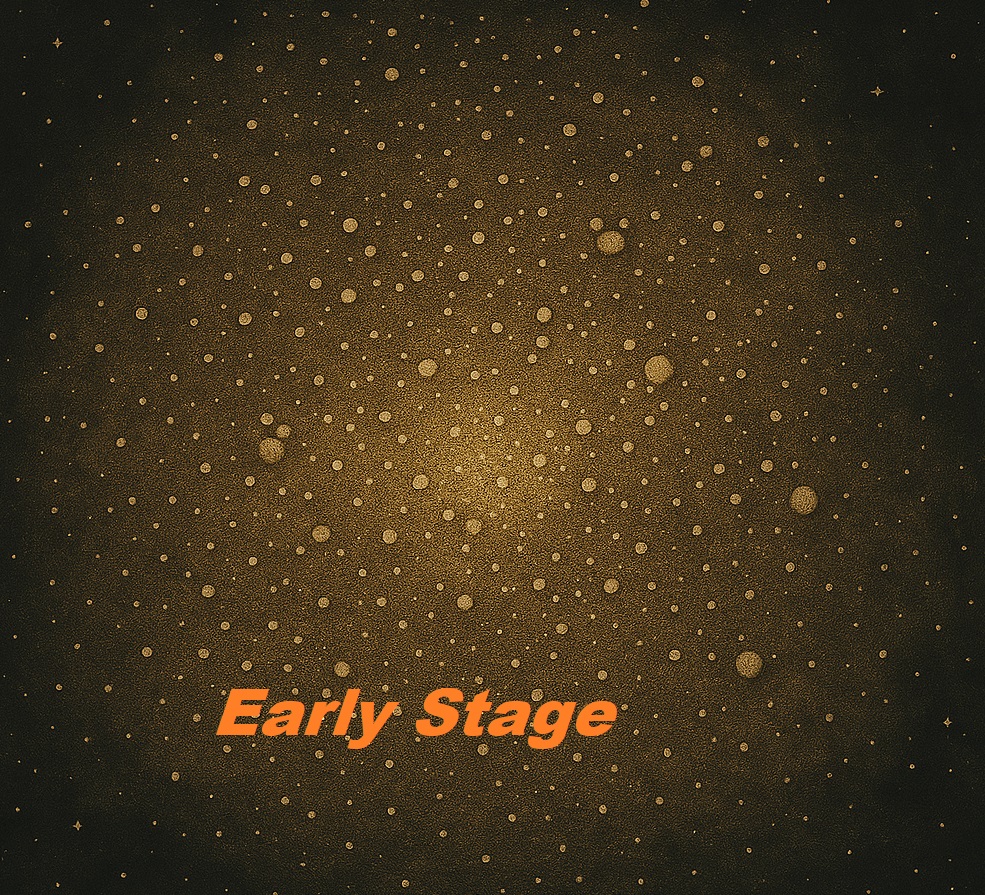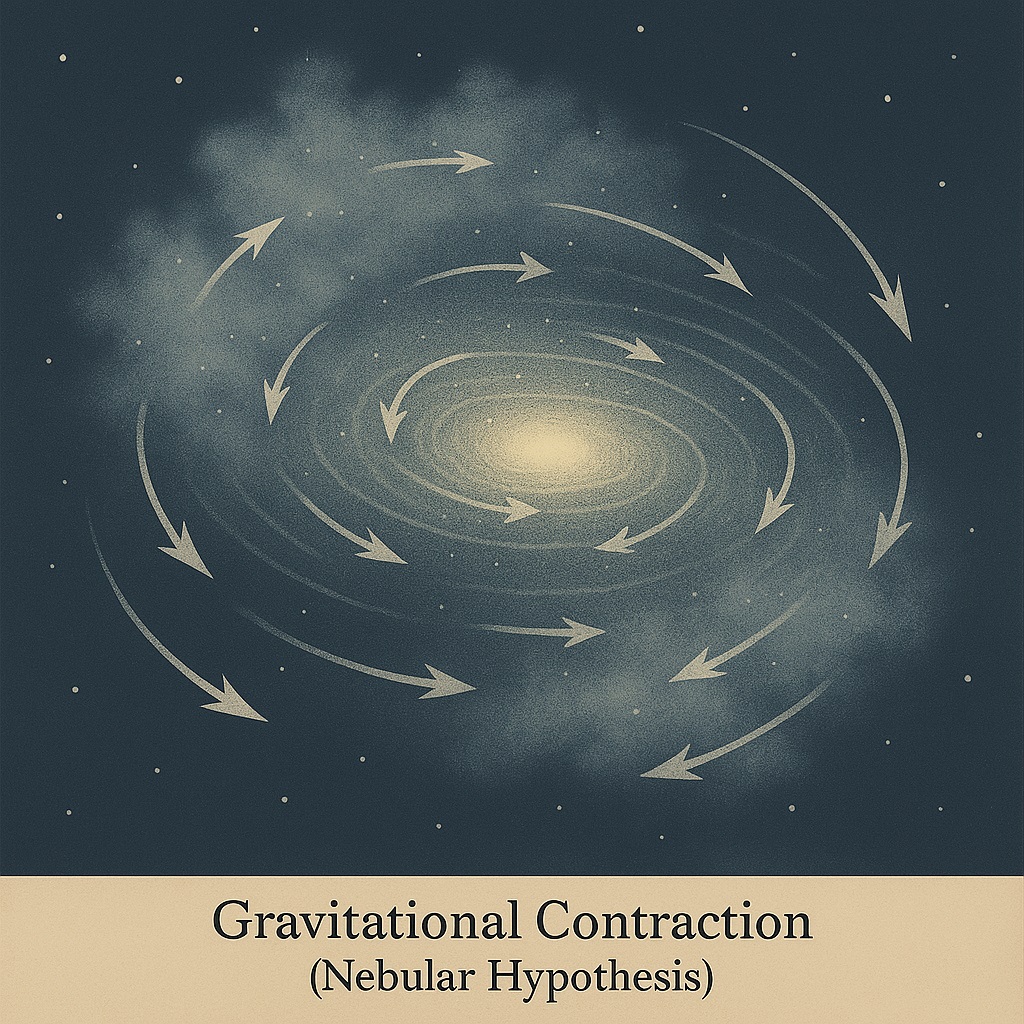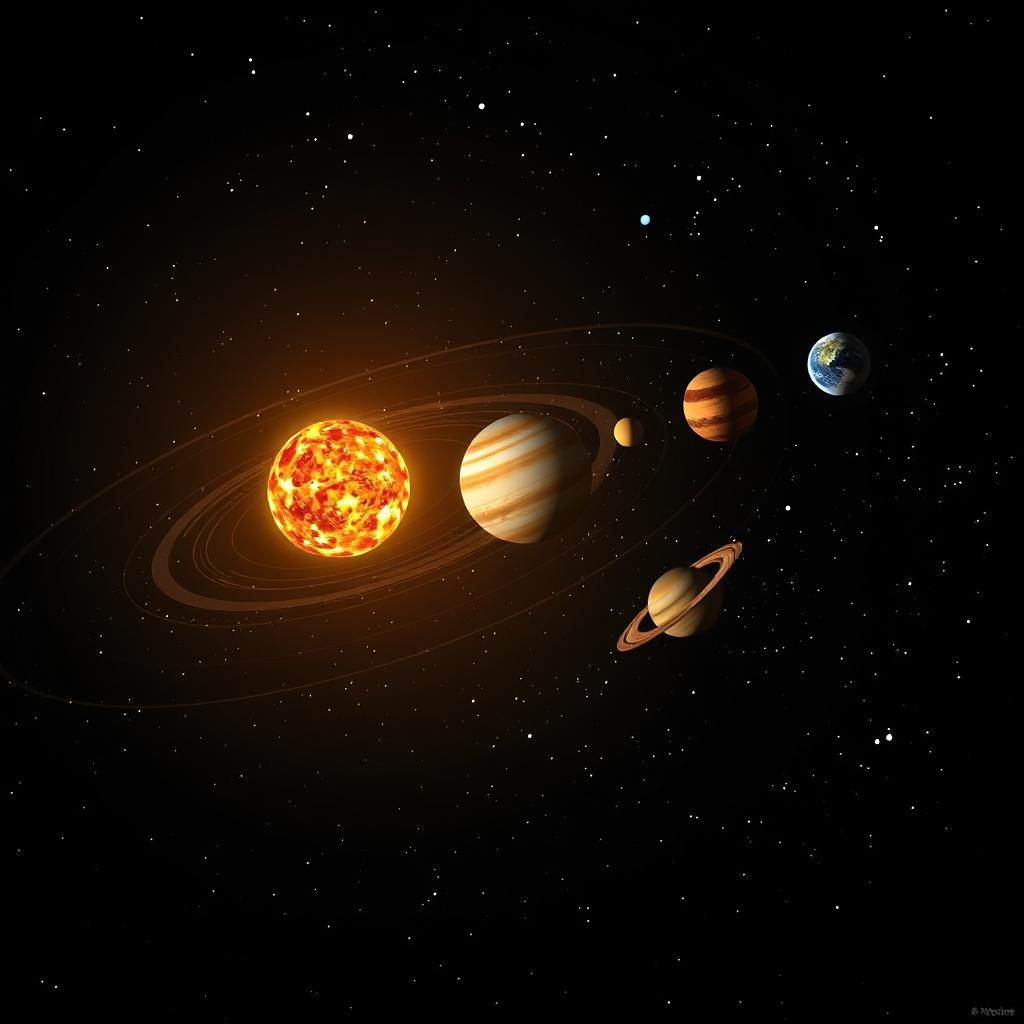The Gaseous Hypothesis, also known as the Nebular Hypothesis, was proposed by the German philosopher Immanuel Kant in 1755. This theory attempts to explain the origin and evolution of the solar system. Though it was later modified by Laplace, Kant’s version remains foundational in understanding early planetary formation theories. This hypothesis was first introduced in his book “Universal Natural History and Theory of the Heavens” in 1755. In this article, we will explore the gaseous hypothesis of Kant and its significance.
"Give me matter and I will build a world out of it"- Immanuel Kant

Table of Contents
What is the Gaseous Hypothesis of Kant?
Kant’s gaseous hypothesis suggests that the universe originated from a vast, uniform cloud of gas. These gases were at absolute zero degrees centigrade. The cloud gradually collapsed under its gravitational force, leading to the formation of celestial bodies like stars, planets, and moons. According to Kant, the gas cloud was composed of hydrogen and helium, the two most abundant elements in the universe. Let us understand the theory in stages.
Initial State
Kant proposed that the solar system formed from a large cloud of cold, motionless, and randomly scattered dust particles in space.

Gravitational Attraction and Rotation
These particles began to attract each other due to gravitational force, leading to the gradual accumulation of matter. As matter gathered, the cloud began to rotate slowly. The rotation increased as the cloud contracted due to conservation of angular momentum.

Formation of a Central Mass and Planets
Most of the material moved toward the center, forming a dense proto-Sun (early Sun). Remaining matter continued to rotate around the center, gradually condensing into rings. These rings later cooled and solidified into planets and other celestial bodies.

Kant emphasized that the mechanical and natural laws of physics, especially gravitation, were sufficient to explain the solar system’s origin. His theory was evolutionary in nature, suggesting that the solar system developed gradually over time from simple beginnings.

Summary of Gaseous Hypothesis of Kant
Kant’s hypothesis suggests that as the gas cloud collapsed, it began to spin due to the conservation of angular momentum. The spinning cloud eventually flattened into a disk-like shape, with the densest part at the center. This dense region eventually became the protostar that later evolved into a mature star. The remaining gas and dust in the disk coalesced to form planets, moons, and other celestial bodies. The nine planets were formed as nine rings separated from the center.
Criticism of the Gaseous Hypothesis of Kant
While Immanuel Kant’s Gaseous Hypothesis was pioneering for its time, it faced several criticisms due to its incompleteness, lack of empirical support, and inconsistencies with later scientific discoveries. Below are the key criticisms:
- During Kant’s time, astronomical instruments were not advanced. The theory was entirely conceptual and lacked empirical observations or data to support the presence of a primordial nebula.
- Kant’s hypothesis does not adequately explain the distribution of angular momentum.
- The Sun holds most of the mass, but the planets possess most of the angular momentum — a contradiction the theory fails to address.
- The idea of dust particles simply condensing and forming planets is too simplistic.
- Modern understanding shows that complex physical and chemical processes are involved in the formation of planetary bodies.
- The theory did not consider thermodynamics, particularly heat generation during contraction and condensation.
- Kant assumed the nebula was cold and motionless, which contradicts modern physics where collapsing clouds heat up due to gravitational energy.
- The hypothesis fails to explain why inner planets are rocky and outer planets are gaseous.
- It assumes uniform material distribution, which contradicts the observed zoning of planetary composition.
- Kant mentioned the separation of rings from the nebula but did not clearly explain how and why these rings separated and led to planets.
- Modern theories show that collisions, accretion, and fragmentation played major roles in planet formation.
- Kant’s hypothesis does not include any of these critical processes.
Comparison of the Gaseous Hypothesis of Kant with the Nebular Hypothesis of Laplace
| Kant’s Gaseous Hypothesis | Laplace’s Nebular Hypothesis | |
|---|---|---|
| Origin of the Universe | Originated from a vast, uniform cloud of gas | Originated from a rotating disk of dust and gas |
| Composition of the Cloud | Composed of hydrogen and helium, the two most abundant elements in the universe | Composed of dust and gas |
| Process of Formation | The cloud gradually collapsed under its gravitational force, leading to the formation of celestial bodies like stars, planets, and moons | The disk of dust and gas condensed to form the sun and planets |
| Formation of Celestial Bodies | As the gas cloud collapsed, it began to spin due to the conservation of angular momentum. The spinning cloud eventually flattened into a disk-like shape, with the densest part at the center. This dense region eventually became the protostar that later evolved into a mature star. The remaining gas and dust in the disk coalesced to form planets, moons, and other celestial bodies | The sun and planets formed from the gradual condensation and accretion of dust and gas particles within the rotating disk |
| Criticisms | It is too simplistic and does not account for the complexity of celestial formation | It does not explain the formation of the asteroid belt or the distribution of angular momentum within the solar system |
| Significance | Improved upon Laplace’s theory by suggesting that the entire universe originated from a vast cloud of gas, rather than just our solar system | Laid the groundwork for further research into the origins of the solar system and planetary formation |
Read: Geography Notes